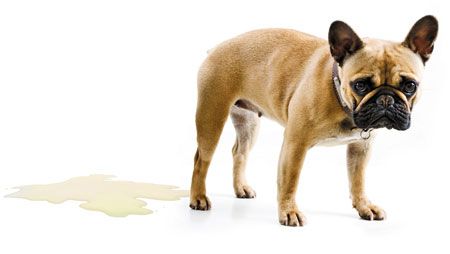Fluffy just peed in the exam room? Theres a use for that.
Suck that urine up and use it to run urine specific gravity, says Dr. Craig Thompson.

Getty Images
When it comes to clinical pathology, lots of veterinary hospitals run hematology and clinical serum chemistry profiles, but they don't run a urinalysis, said Dr. Craig Thompson, DVM, DACVP, at a recent CVC. Without that information, there are questions about what next steps to take or treatment options that can't be answered. At the very minimum, Dr. Thompson stresses, run a urine specific gravity test before starting treatment or even intravenous fluids. Once treatment or fluids have begun, the urine specific gravity will be different, and the interpretation of the serum chemistry profile will be off. You can always go back and run the sediment test or dipstick test later, because the urine can be reconcentrated, but the same can't be done for the urine specific gravity.
Getting a urine sample used to mean preforming a cystocentesis on every patient. This can be tricky, Dr. Thompson notes, especially if a cystocentesis is contraindicated or the patient comes in with a small bladder. But, he says, a mid-stream free-catch sample is perfectly fine to use for a urine specific gravity test, even if it's just the client catching it as they walk in from transporting the animal. You can even get a sample off the floor if you need to. Just don't use that for sediment or dipstick testing.
This is especially relevant if the patient is referred elsewhere after treatment has begun. At that point, the urine specific gravity will be changed. But Dr. Thompson says that if he can look back in the chart and see that the initial urine specific gravity is in the record, he feels more comfortable with his calculations and the course of treatment going forward.